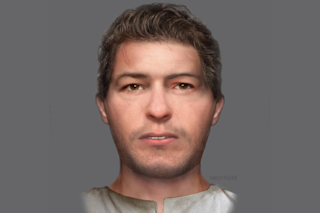Paris is sweltering, freakishly hot for an early June morning, and like much of the old city, the lab occupied by Hervé This at the Collège de France, a stone's throw from the venerable Sorbonne, has no air-conditioning. As usual, however, This—pronounced "tiss"—looks dapper in a black suit and one of the impeccable white collarless shirts that have become his trademark. A full day lies ahead in his lab, he says, but first we must shop. He bounds to his feet, ditches his jacket, and descends to the stifling street below, proceeds down a cobbled alley, crosses the boulevard Saint-Michel, rounds a corner, and dives into the local supermarché. He emerges with two dozen eggs and a cold brick of Normandy butter, his face crinkling into a grin. "For our experiments!" he announces. He has yet to break a sweat.
This is head of the molecular gastronomy group in the ...











